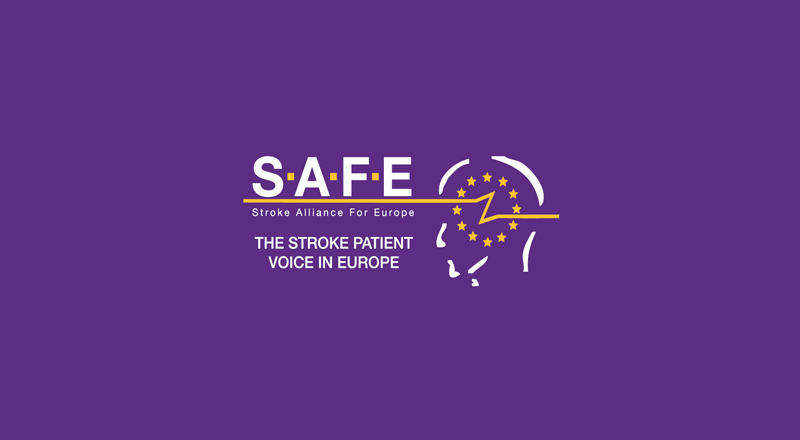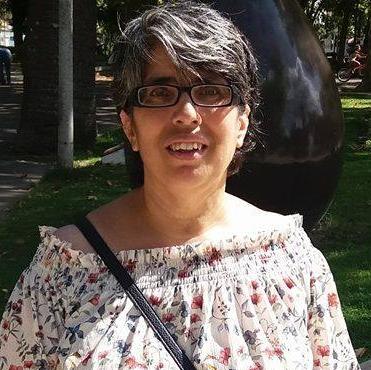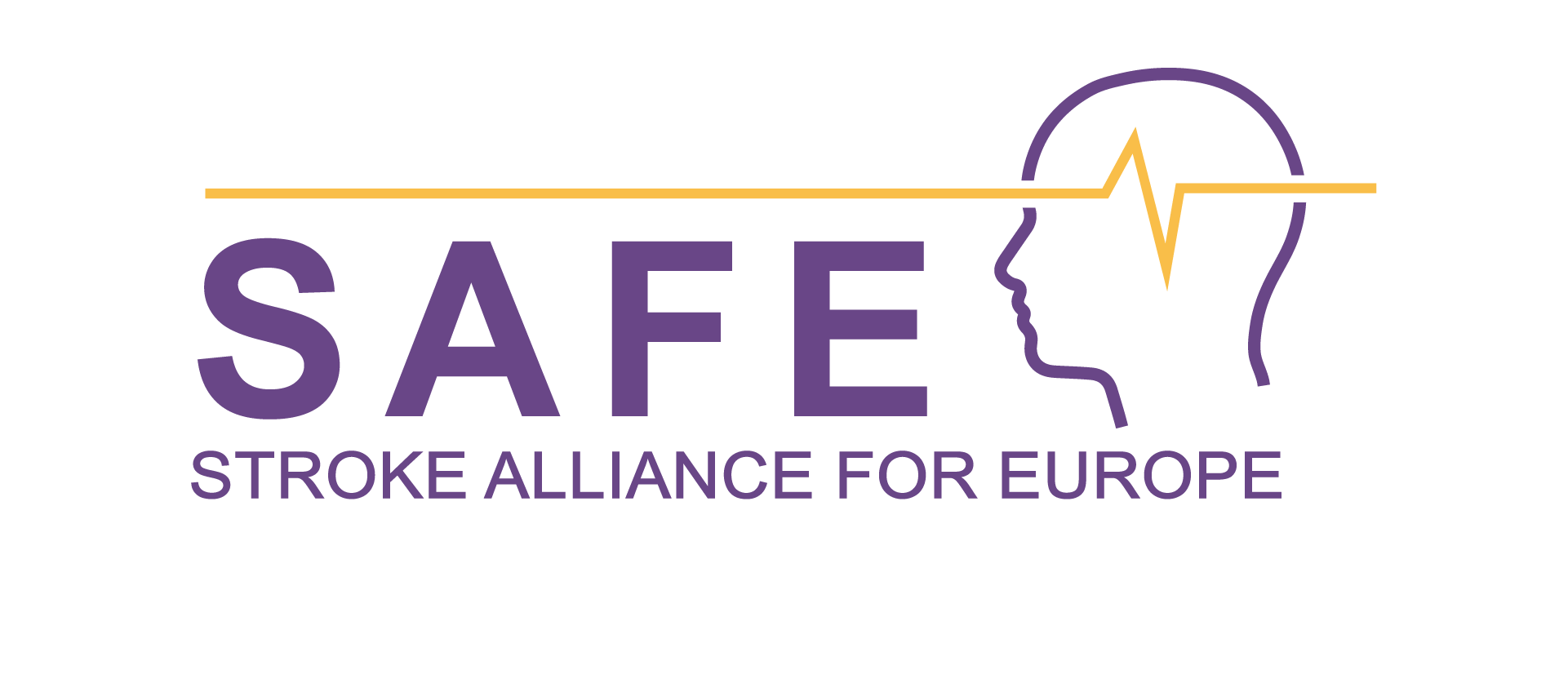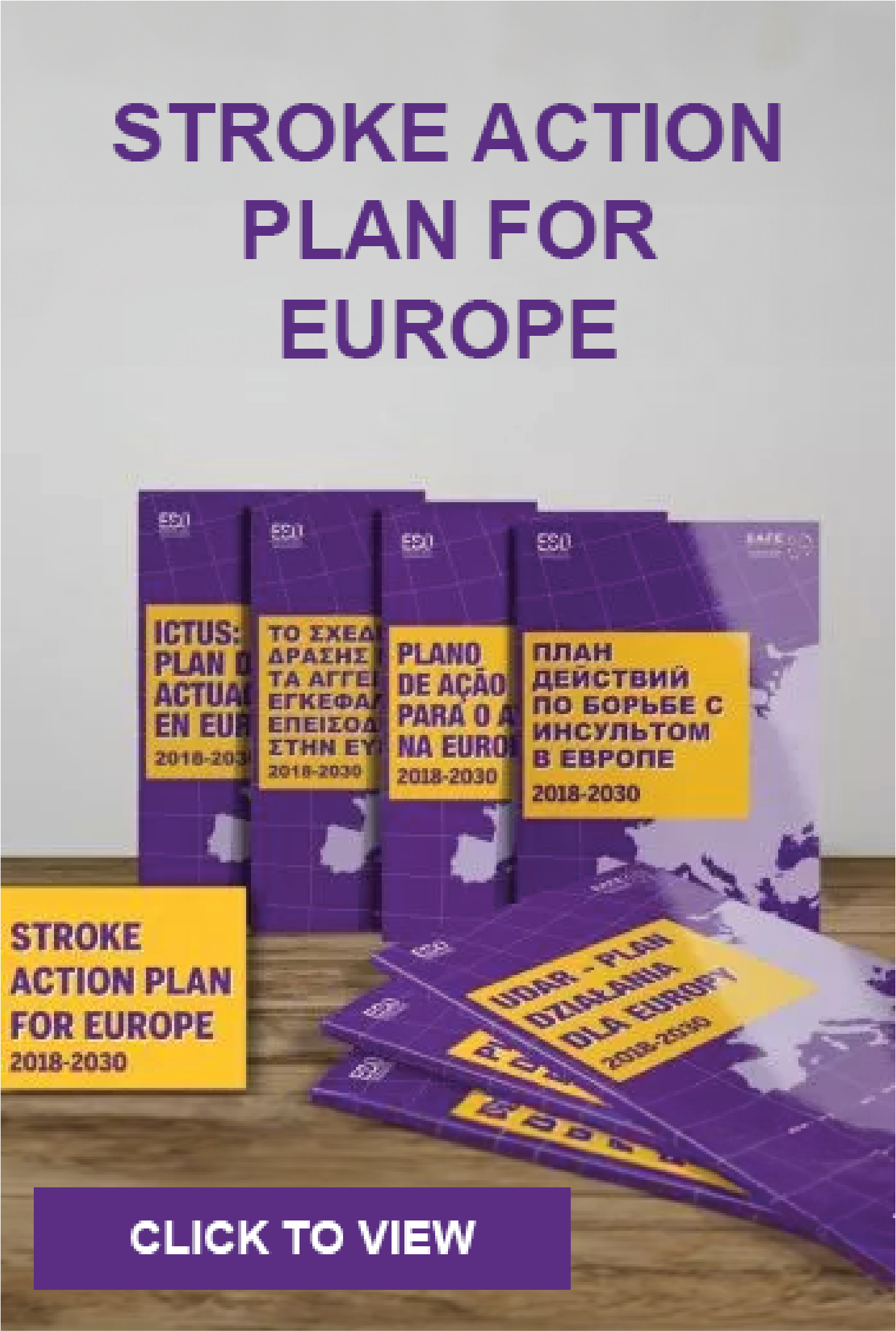
Sep 29, 2017
Research led by Nicolas Bazan, MD, PhD, Boyd Professor and Director of the Neuroscience Center of Excellence at LSU Health New Orleans, has discovered a new class of molecules in the brain that synchronize cell-to-cell communication and neuroinflammation/immune activity in response to injury or diseases. Elovanoids (ELVs) are bioactive chemical messengers made from omega-3 very long chain polyunsaturated fatty acids (VLC-PUFAs,n-3). They are released on demand when cells are damaged or stressed. (more…)

Sep 28, 2017
Source: https://worldstrokeorganization.blogspot.com

Anabela Resende, source: Facebook
Anabela Resende, a survivor of stroke and member of the board of Portugal AVC, shares her stroke experience and reason for preventing strokes.
Where were you when you had your stroke?
I suffered the stroke on January 12, 2013, while I was enjoying a vacation with my husband in the city of Peniche, Portugal.
Could you access a hospital?
I was immediately referred to a hospital.
What expectations did you have for your treatment, rehabilitation, recovery?
At first I did not have great expectations, although I wanted to recover a lot, I was not discouraged, I used to be careful not to create expectations that might not be possible.
(more…)

Sep 28, 2017
New research released on 21st September 2017 by The Economist Intelligence Unit (EIU), a division of The Economist and a leader in global business intelligence, revealed that on average, more than 75 percent of people aged 65 and older worldwide are not being screened for atrial fibrillation (AF) and other common stroke risk factors during routine primary care examinations, even though this population is at high risk for stroke. The EIU “Preventing Stroke: Uneven Progress” report, sponsored by The Bristol-Myers Squibb-Pfizer Alliance, conducted an analysis of 20 countries and found that efforts to screen people for stroke risk factors including AF and hypertension varied widely, even in countries with established health care and developed economies.
(more…)

Sep 26, 2017
It is well-known in the medical field that the pig brain shares certain physiological and anatomical similarities with the human brain. So similar are the two that researchers at the University of Georgia’s Regenerative Bioscience Center have developed the first U.S. pig model for stroke treatments, which will provide essential preclinical data and speed the drug discovery process. (more…)

Sep 24, 2017
Two of the most influential bodies in Europe concerning stroke care are the European Stroke Organisation known as ESO, and the Stroke Alliance for Europe, commonly known as SAFE. And these two have joined forces earlier this year to support awareness, prevention and advocacy for improved stroke research and treatments. Stroke patients and those looking after them need to know that they have the safety, choice and empowerment as the guiding principles of care.
Please watch below the interview with Dr. Valeria Caso, neurologist from the University of Perugia, Italy, the President of ESO and John Barrick, the patient advocate and President of the Board of SAFE, the only European-wide alliance of stroke support organisations.
The full-length video is available if you click on the photo. (more…)

Sep 24, 2017
While immune cells called neutrophils are known to act as infantry in the body’s war on germs, a National Institutes of Health-funded study suggests they can act as medics as well. By studying rodents, researchers showed that instead of attacking germs, some neutrophils may help heal the brain after an intracerebral hemorrhage, a form of stroke caused by ruptured blood vessels. The study suggests that two neutrophil-related proteins may play critical roles in protecting the brain from stroke-induced damage and could be used as treatments for intracerebral hemorrhage.
“Intracerebral hemorrhage is a damaging and often fatal form of stroke for which there are no effective medicines,” said Jaroslaw Aronowski, M.D., Ph.D., professor, department of neurology, at the University of Texas Health Science Center at Houston, and senior author of the study published in Nature Communications. “Our results are a hopeful first step towards developing a treatment for this devastating form of stroke.” (more…)







